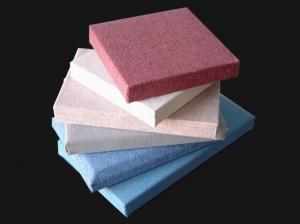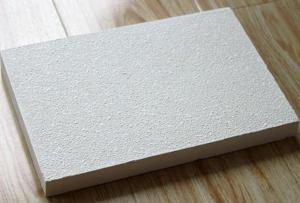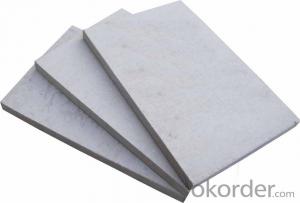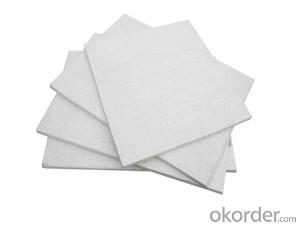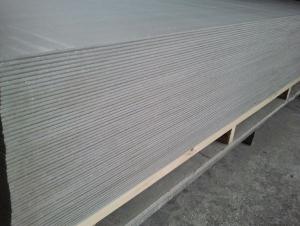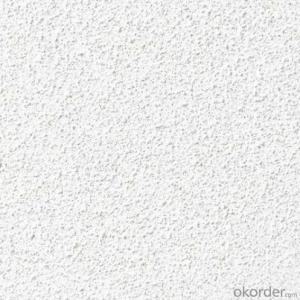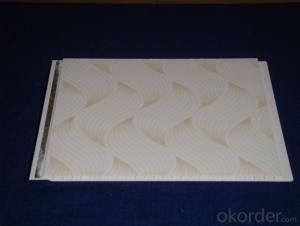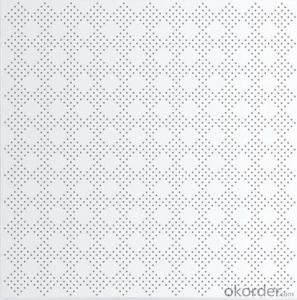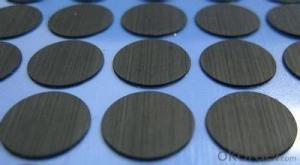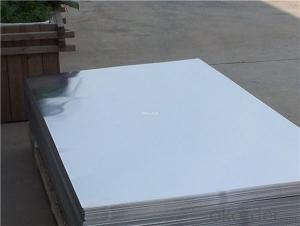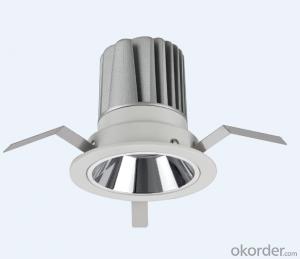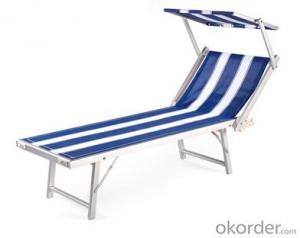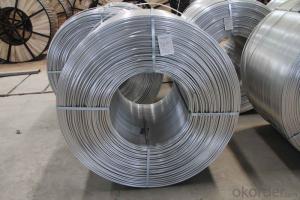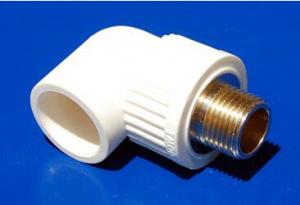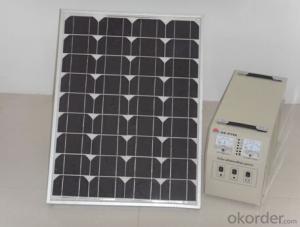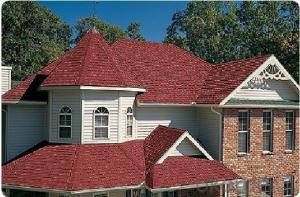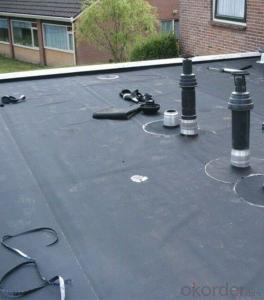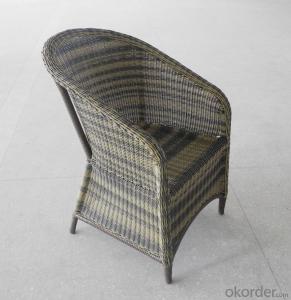Roof Shingles With Solar Cells
Roof Shingles With Solar Cells Related Searches
Led Light Bulbs For Ceiling Fixtures Decorative Ceiling Plate For Light Fixture Ceiling Plate For Hanging Light Fiberglass Panels For Roofing Heat Reflective Material For Roof Track Lights For Kitchen Ceiling Lights For Kitchen Ceiling Lights For Fall Ceiling Hanging Ceiling Chairs For Bedrooms 42 White Ceiling Fan With LightHot Searches
Fiberglass Scaffolding For Sale Plastic Roof Tiles For Sale Fiberglass Panels For Sale Fiberglass Greenhouses For Sale Cost Of Concrete Tile Roof Roof Insulation Price Artificial Slate Roof Tiles Price Ceiling Fan Lowest Price Tesla Solar Roof Inverter Types Of Flat Roof Coverings Stone Wall Tiles Cost Company Office Design Ceramic Roof Tiles Cost Metal Roof Tiles Prices Cement Roof Tile Manufacturers Clay Roof Tile Manufacturers Synthetic Roof Tiles Cost Roof Clay Tiles Prices Interlocking Roof Tiles Prices 30 Year Roof Shingles PricesRoof Shingles With Solar Cells Supplier & Manufacturer from China
Okorder.com is a professional Roof Shingles With Solar Cells supplier & manufacturer, offers integrated one-stop services including real-time quoting and online cargo tracking. We are funded by CNBM Group, a Fortune 500 enterprise and the largest Roof Shingles With Solar Cells firm in China.Hot Products
FAQ
- Does solar cell cost less than the other power generation technology?
- It cost more to build the solar cell because it requires more research and technology, but it won't cost much in long term.
- Yes, solar cells can be used in recreational vehicles or boats to generate electricity, making them a sustainable and efficient power source for these vehicles.
- The amount of energy a solar cell can produce depends on various factors such as the size and efficiency of the cell, the intensity and duration of sunlight, and any potential shading or obstructions. On average, a standard solar cell can generate around 10-20% of the sunlight it receives into usable electricity. However, advancements in technology continue to improve the efficiency of solar cells, pushing the boundaries of energy production higher.
- Yes, solar cells can be used to power an entire household. With advancements in solar technology and proper installation, a solar power system can generate enough electricity to meet the energy needs of a household, especially when combined with energy storage solutions. However, the feasibility and effectiveness of using solar cells to power an entire household depend on various factors such as the size of the solar system, energy consumption patterns, geographic location, and available sunlight.
- Solar cells do not directly handle power quality issues. However, inverters are used in solar power systems to convert the direct current (DC) generated by solar cells into alternating current (AC) that can be used in homes and businesses. These inverters often have built-in features to address power quality issues such as voltage fluctuations, harmonic distortions, and frequency variations. Additionally, grid-tied solar systems can rely on the electrical grid itself to handle power quality issues, as any excess power generated by solar cells can be fed back into the grid, ensuring a stable and reliable power supply.
- The role of bypass diodes in solar cell arrays is to minimize the impact of shading or partial shading on the overall performance of the array. They provide an alternative path for the current to flow, allowing the unaffected cells to continue producing electricity while the shaded cells are bypassed. This prevents the shaded cells from acting as a resistor and reduces the risk of hotspots or damage to the cells.
- Yes, solar cells can be used to power refrigeration systems. Solar cells convert sunlight into electricity, which can then be used to power various appliances, including refrigeration systems. This is particularly useful in off-grid or remote areas where access to conventional power sources may be limited.
- Hailstorms can have a significant impact on solar cells. The high-speed impact of hailstones can cause physical damage, such as cracks or fractures, to the surface of solar panels. This can result in reduced efficiency and output of the affected solar cells. Additionally, hailstorms can also damage the protective layers on solar panels, increasing the risk of moisture ingress and potential corrosion. Therefore, hailstorms pose a potential threat to the durability and performance of solar cells.
